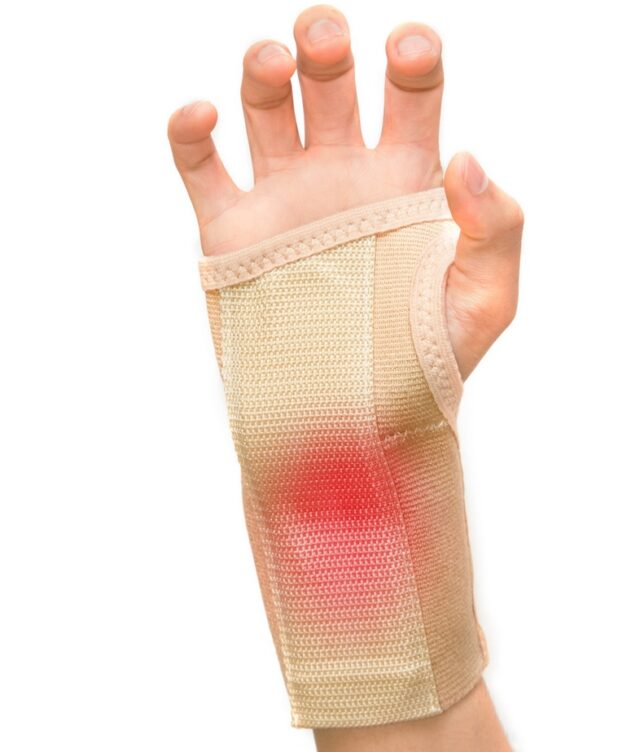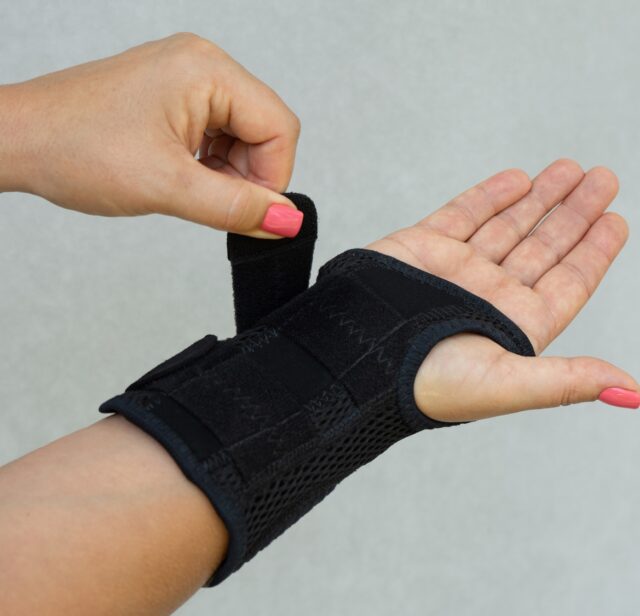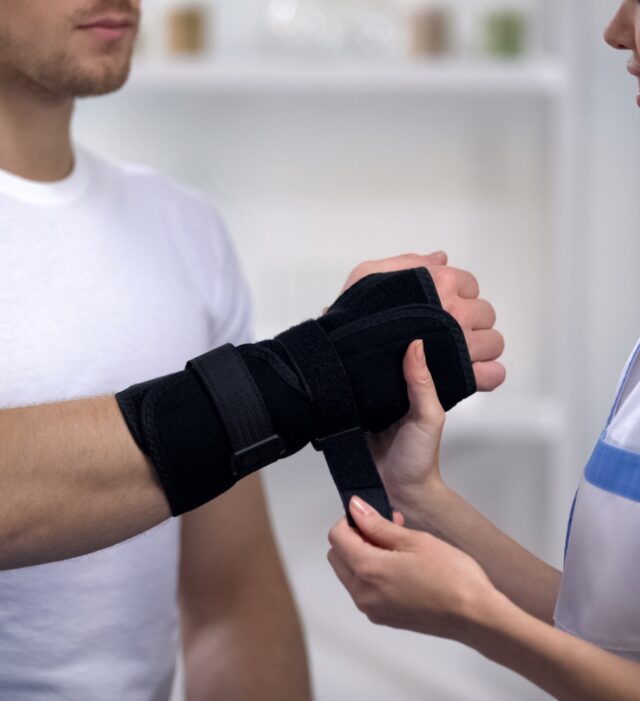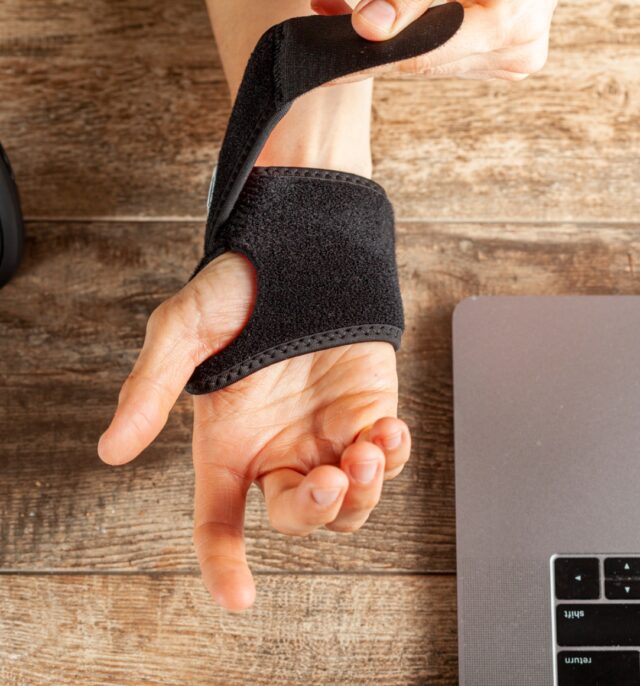
When we talk about wrist braces, what comes to mind? Often, we associate them with injuries or conditions requiring some form of immobilization or support. But did you know that wrist braces offer a range of therapeutic benefits beyond these constraints? This article takes you on a journey to understand the multiple therapeutic applications of wrist braces, transforming how you perceive their functionality. Whether you’re a healthcare professional, a patient, an athlete, or someone interested in wellness, grasping the various uses of these devices is integral to unlocking their full potential in treatment and rehabilitation.
Common Wrist Conditions
The world is at our fingertips. Yet, when common wrist conditions such as carpal tunnel syndrome, tendonitis, and sprains occur, they can heavily impede our daily activities. With our hands and wrists being primary interfaces with the world, these conditions can significantly compromise our ability to perform simple tasks. What role do they play in such situations? They serve as effective non-invasive solutions that facilitate healing and mitigate the impact of these conditions, helping us regain control of our lives.

Support and Stability
Wrist braces offer critical support and stability to the wrist joint, crucial for people dealing with wrist conditions. But how does this work? Primarily, they limit harmful motions, while permitting necessary movements. In doing so, they prevent further damage to the wrist and give the body a chance to heal itself. Furthermore, they stabilize the wrist joint, reducing the strain on affected areas, thereby decreasing pain and increasing function.
Immobilization and Rest
Rest is paramount in the healing process. However, ensuring that an injured hand gets enough rest can be a difficult task. Enter wrist braces, which excel at immobilizing the joint to promote healing and prevent further injury. By restraining unnecessary movements and providing the wrist with a period of ‘forced rest’, they enable the body to channel its healing resources more efficiently.
Pain Relief
Wrist conditions often come with their unwelcome companion—pain. Through the combined effects of compression and stabilization, these devices alleviate this discomfort. The compression reduces swelling, a primary source of pain, while stabilization limits strain on the affected area, helping to control pain. As a result, wrist braces can be vital allies in pain management and recovery journeys.

Functional Rehabilitation
After an injury or surgery, Wrist Brace can be pivotal in facilitating functional rehabilitation. They provide controlled movement and support during the recovery phase, helping to restore strength, mobility, and function in the wrist. They essentially act as a ‘training wheel’ during this phase, offering an optimal balance between support and freedom of movement.
Postural Support
Another less-known yet highly significant benefit of wrist braces lies in their ability to improve postural alignment. They prevent overcompensation due to pain or weakness, helping maintain proper ergonomics during daily activities. By ensuring correct positioning of the wrist, they indirectly help protect other joints from undue strain.
This is particularly important because poor posture can lead to a chain reaction of misalignments and imbalances throughout the body, potentially causing discomfort and even chronic pain. Wrist braces act as a simple yet effective tool in promoting better posture, contributing to overall musculoskeletal health and reducing the risk of related issues in the long run.
By supporting the wrists and encouraging proper alignment, these braces play a vital role in maintaining optimal biomechanics and minimizing the chances of developing secondary complications stemming from postural deficiencies.
Customization and Fit
In the world of wrist braces, one size does not fit all. Customization and proper fit are key to harnessing the therapeutic benefits of these devices. Various designs cater to different wrist conditions and individual needs. Choosing a correctly fitted and appropriately designed brace ensures comfort and optimal therapeutic benefit. An ill-fitting brace can cause discomfort, restrict movement, and even exacerbate the condition.
Therefore, it is crucial to consult with healthcare professionals or orthopedic specialists who can provide guidance in selecting the right brace and ensuring it is tailored to the specific requirements of the individual. By prioritizing customization and fit, individuals can maximize the effectiveness of their wrist braces and embark on their journey of healing and rehabilitation with confidence and comfort.

Wrist Braces for Athletes
Sports and athletics put wrists under considerable stress, heightening the risk of injuries. Wrist braces serve dual purposes in these scenarios – injury prevention and performance enhancement. By providing necessary support and stabilization, they enable athletes to push their limits safely, reducing the likelihood of debilitating injuries and unlocking their full potential on the field or court. They not only safeguard athletes’ wrists but also instill a sense of confidence, allowing them to focus on their technique and perform at their peak.
Psychological Benefits
The therapeutic effects of wrist braces extend beyond their physical benefits, encompassing significant psychological advantages as well. Beyond providing physical support, wrist braces instill a profound sense of stability and protection. This psychological reassurance plays a pivotal role during the recovery phase, fostering a positive mindset that is crucial for successful rehabilitation. By enhancing individuals’ sense of control over their healing journey, these devices empower them to actively engage in their rehabilitation process. This proactive approach not only accelerates recovery but also positively impacts overall outcomes, as it fuels motivation and determination to overcome challenges along the way.
Choosing the Right One
Choosing the right wrist brace can seem daunting given the myriad of options available in the market. Factors such as the type of condition, the level of support needed, comfort, and fit should be carefully considered. It’s essential to understand that each wrist brace is designed with specific features and functionalities tailored to various conditions. Seeking guidance from healthcare professionals can provide valuable insights and personalized advice, ensuring that the chosen brace meets your specific needs and optimizes your recovery process. Their expertise can help navigate through the overwhelming choices, making the selection process more informed and increasing the likelihood of finding the perfect one that will support your healing journey effectively.

Conclusion
In conclusion, wrist braces offer a multitude of therapeutic benefits beyond mere restraint. From aiding in pain relief and rehabilitation to improving postural alignment and bolstering psychological well-being, their roles are diverse. An informed understanding of these aspects can help maximize the benefits derived from these devices, making them powerful tools in managing wrist conditions. Remember, individual needs vary, and consulting healthcare professionals for personalized advice is recommended. With the right wrist brace, you’re well on your way to reclaiming control over your health and well-being.









